PRODUCTS
CONTACT US
Ningbo Nide International Co., Ltd.
一一
· Contact person:Jack Zeng
· Mob/Whatspp/WeChat:0086-13738869026
· Email:emarketing@nide-group.com;marketing4@nide-group.com
· Add:No. 169, Wohushan Road, Daqi Subdistrict, Beilun District, Ningbo, China

Nide team could manufacture ball bearing as per customer’s drawing and samples.
If customer only has samples, we could also design drawing fo r our customer.
We also provide customized service.
Our ball bearing is widely applied the different industrials.
Established in 2010, Ningbo Haishu Nide International is a company devoted in the field of electric motors manufacturing, providing one-stop service for its customers. Nide has three main business divisions. The first division is to provide different kinds of motor manufacturing machinery, including stand along machine, fully-auto complete line for armature and stator production, and the motor assembly line. The second division is to supply the full range of fan,magnet,carbon brush,ball bearing,shaft,insulation paper,commutator,etc. The third division is to provide technical support and consulting, project support and turn-key service for some motor manufacturing.
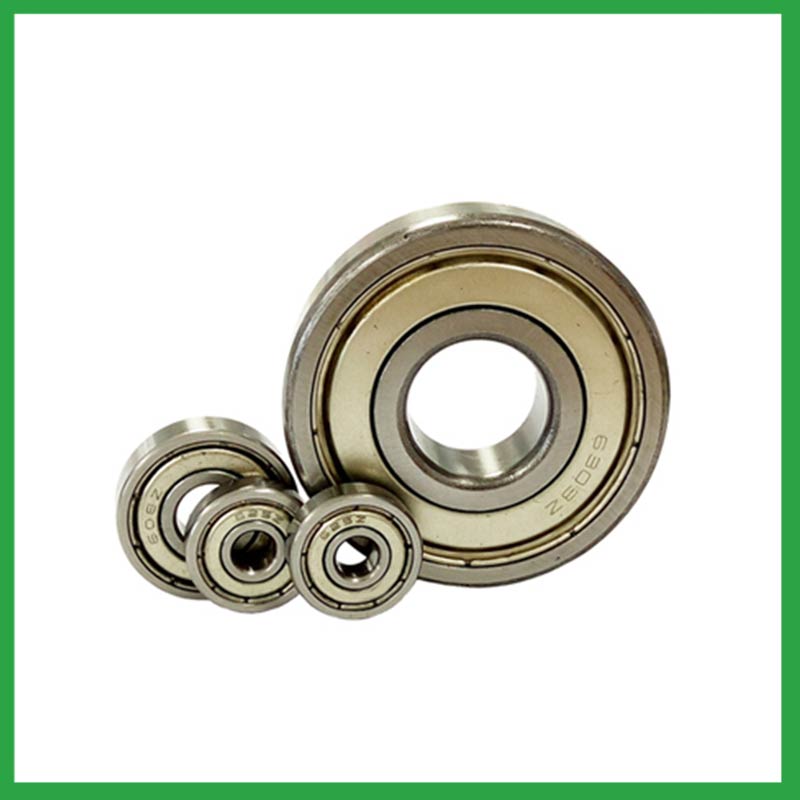
| Parameter | Information |
|---|---|
| Product Name | yamaha blaster clutch ball bearing |
| Brand Name | NIDE |
| Place of Origin | China |
| Material | chrome steel, etc. |
| Structure | Deep Groove |
| Color | Customized Color |
| Delivery Time | 5-7days |
| Port | Ningbo/Shanghai |
| Export region | Oceania,Europe,Asia |
| Export Country | India,Brazil,South Korea,United Kingdom,Thailand,Bhutan,Croatia,Sierra Leone...etc |
| Application | various industrial equipment, etc. |
| OEM/ODM | Acceptatble |
| Size | Customized size |
| Stock | In Stock |
| Feature | Low Noise,Strong carrying capacity...etc |
| MOQ | 10 pieeces(Specific according to the model) |
| Certification | ISO9001,CE-stator coil forming machine,ISO9001:2015 certificate,etc |
| Supply Ability | 100000-500000 Piece/Pieces per Month |
| Lubricate | Oil Grease |
| Packaging Details | Suitable for sea transportation |
| Lead time (days) | 15-20 (To be negotiated) |
Please note: The above table data is for reference only. For specific information, please contact us.
yamaha blaster clutch ball bearing have the advantages of low friction coefficient,lightweight,high efficiency,durability, and high load, and are used in main motion mechanisms and components, such as automotive drive components,motors,tires, different motion mechanisms and accessories of airplanes and motorcycles.
Before use, the model, size, and design of the ball bearing should be confirmed to ensure suitable application;
During installation, the installation load of the ball bearing should be minimized as much as possible to avoid unnecessary damage;
The bearing shaft and the bearing frame should be stable at the same time to avoid excessive tension.
Ball bearings have many advantages, making them highly competitive in the market.
Firstly, they are very durable and have good wear performance, making their service life longer than many other types of bearings.
Secondly, they are easy to install and can provide low friction performance in various applications.
Thirdly, they require a relatively low level of maintenance, making them cost-effective.
In addition, compared to many other types of bearings, their purchase cost is relatively low, making them an economical choice.




yamaha blaster clutch ball bearing---FAQs Guide
2.How do cage designs affect yamaha blaster clutch ball bearing speed and acceleration capabilities in high-speed machinery?
3.Can yamaha blaster clutch ball bearing be used in vacuum or cleanroom environments, and what measures are taken to prevent outgassing or contamination?
4.What is a ball bearing?
5.What are the considerations for selecting sealed or shielded yamaha blaster clutch ball bearing to protect against contamination and retain lubrication?
6.About yamaha blaster clutch ball bearing,Can I add my own logo?
7.Are there yamaha blaster clutch ball bearing designed for use in critical medical equipment?
8.What are the considerations for choosing between open, shielded, or sealed yamaha blaster clutch ball bearing in specific applications?
9.Do yamaha blaster clutch ball bearing come in various tolerance classes?
10.How do yamaha blaster clutch ball bearing provide smooth and controlled motion in various mechanical systems, such as conveyor belts or automobiles?
11.What are the yamaha blaster clutch ball bearing product skill training options?
12.What is the typical noise level associated with yamaha blaster clutch ball bearing, and how are noise-reduction techniques applied?
13.Can yamaha blaster clutch ball bearing handle shock loads and high-impact conditions in heavy machinery?
14.Are there hybrid yamaha blaster clutch ball bearing that combine steel rings with ceramic balls to optimize performance in demanding applications?
15.What is the production capacity of the factory for yamaha blaster clutch ball bearing?
1.How do manufacturers address concerns related to bearing noise and vibration in sensitive equipment?
From a yamaha blaster clutch ball bearing manufacturing perspective, a low noise or vibration rating is achieved by paying attention to the surface finish of the raceways and balls, their roundness, and selecting the correct cage design. Finely filtered low noise greases can also be used to reduce vibrations.
2.How do cage designs affect yamaha blaster clutch ball bearing speed and acceleration capabilities in high-speed machinery?
In high-speed yamaha blaster clutch ball bearing, external load has a great effect on cage stability and sliding ratio, especially for the bearings at work in the starting process. The cage stability is worse in the beginning of the bearing starting process. The axial load greatly influences cage dynamic performance in the bearing starting process.
In addition, while ball bearings worked under steady conditions, axial load and radial load both have a great influence on cage dynamic performance. The effects of axial load on cage dynamic performance during the bearing starting process are opposite from the effects under steady conditions.
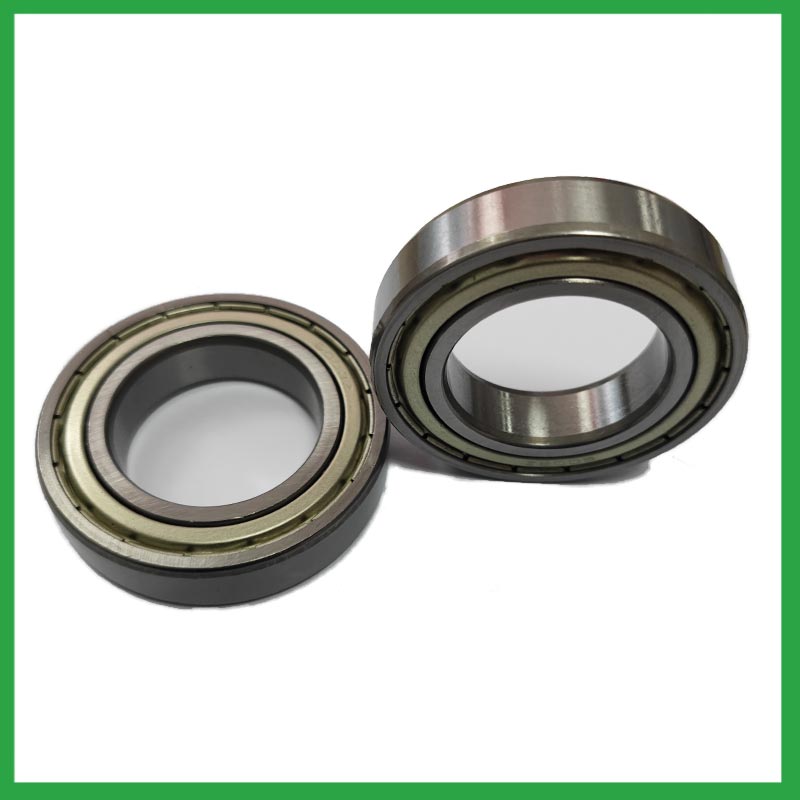
3.Can yamaha blaster clutch ball bearing be used in vacuum or cleanroom environments, and what measures are taken to prevent outgassing or contamination?
Bearings specify stainless steel for vacuum or cleanroom applications as stainless steels used for the rings, balls and retainer exhibit low outgassing. They usually supply open or shielded stainless steel bearings as vacuum bearings as these will outgas less than a nitrile rubber sealed bearing.
4.What is a ball bearing?
A ball bearing is a type of rolling-element bearing that uses balls to maintain the separation between the bearing races.
The purpose of a ball bearing is to reduce rotational friction and support radial and axial loads. It achieves this by using at least two races to contain the balls and transmit the loads through the balls. In most applications, one race is stationary and the other is attached to the rotating assembly (e.g., a hub or shaft). As one of the bearing races rotates it causes the balls to rotate as well. Because the balls are rolling they have a much lower coefficient of friction than if two flat surfaces were sliding against each other.
Ball bearings tend to have lower load capacity for their size than other kinds of rolling-element bearings due to the smaller contact area between the balls and races. However, they can tolerate some misalignment of the inner and outer races.
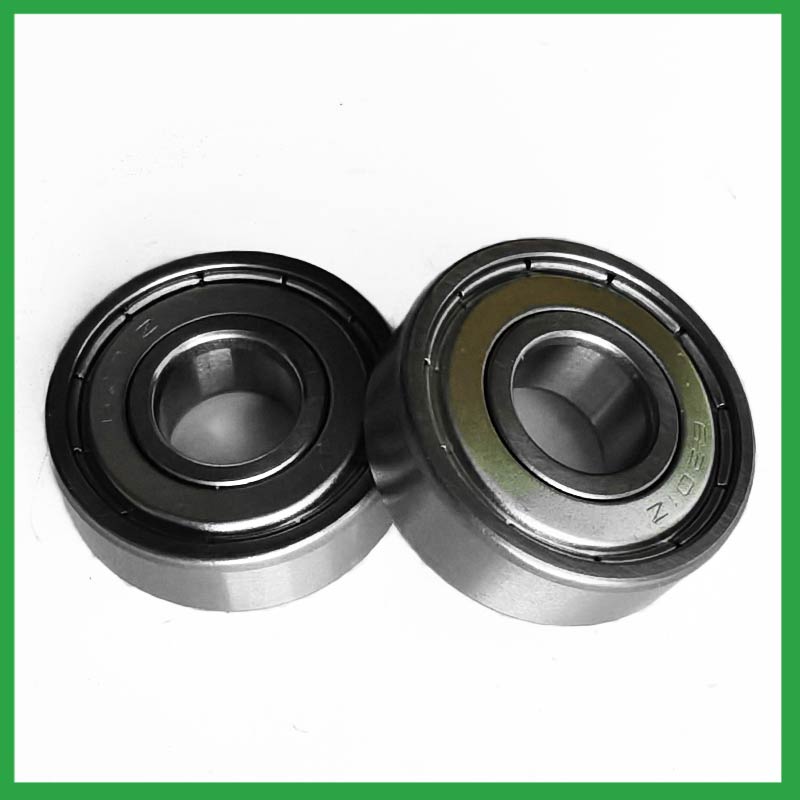
5.What are the considerations for selecting sealed or shielded yamaha blaster clutch ball bearing to protect against contamination and retain lubrication?
First, the environment in which your yamaha blaster clutch ball bearing operate in can help you identify potential contaminants, allowing you to select your shields or seals accordingly. For example, shielded bearings have a gap that can allow finer contaminants or water from washdown applications to enter the bearing and get into the raceways.The challenge for sealing bearings is to seal the bearing by protecting the bearing from contaminants and running efficiencies.
6.About yamaha blaster clutch ball bearing,Can I add my own logo?
Yes, you can add your logo on bearings and packing box. We supply OEM SERVICE including bearing's size, logo, packing, etc.
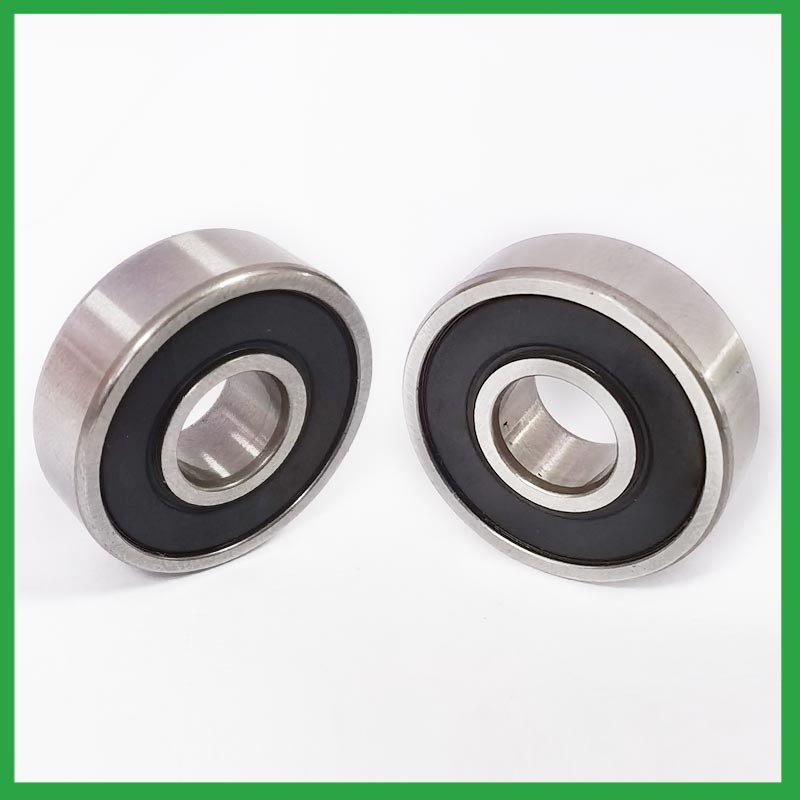
7.Are there yamaha blaster clutch ball bearing designed for use in critical medical equipment?
Precision yamaha blaster clutch ball bearing are among critical components in medical devices that are vital to ensuring patient safety. Correct choice of suitable ball and ring materials and the right product design can ensure high-precision bearings — and medical devices — have a long service life.
Precision bearings are used in a wide variety of medical devices including surgical power tools, ventilators and heart pumps — and patient safety depends on them all. Whatever the device, there is an onus on medical device original equipment manufacturers (OEMs) to ensure that the right type of bearings are chosen, and fit precisely into the application.
8.What are the considerations for choosing between open, shielded, or sealed yamaha blaster clutch ball bearing in specific applications?
While sealed bearings offer superior protection and maintenance advantages, shielded yamaha blaster clutch ball bearing can be more suitable in situations where minimal friction and operating temperature are crucial. It's essential to assess the operational environment and demands before making a selection.
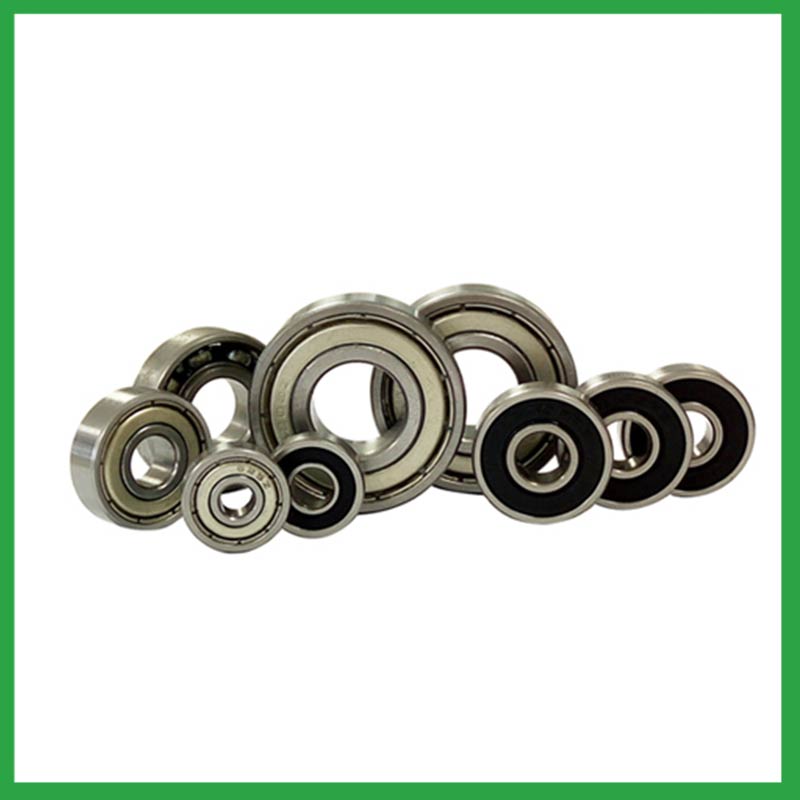
9.Do yamaha blaster clutch ball bearing come in various tolerance classes?
Bearing tolerances are standardized by classifying bearings into the following six classes (accuracy in tolerances becomes higher in the order described): 0, 6X, 6, 5, 4 and 2.
10.How do yamaha blaster clutch ball bearing provide smooth and controlled motion in various mechanical systems, such as conveyor belts or automobiles?
In essence, yamaha blaster clutch ball bearing operate on the principle that it's far more efficient to roll over surfaces than to slide, thereby significantly reducing friction and facilitating smooth movement of machinery parts.
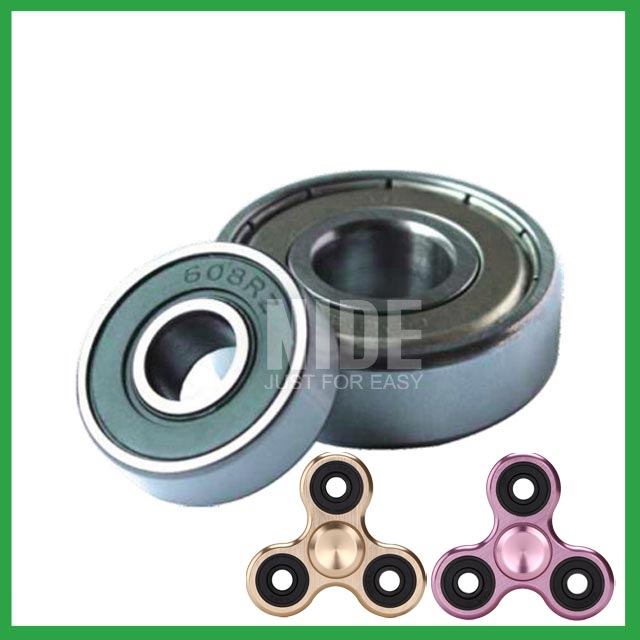
11.What are the yamaha blaster clutch ball bearing product skill training options?
Quality comes from being controlled rather than be done. On the basis of the escalating production equipment and optimized process, Nide spare no efforts and keeps improving for quality control. Quality assurance covered with system, technology and human resources are in full swing.
12.What is the typical noise level associated with yamaha blaster clutch ball bearing, and how are noise-reduction techniques applied?
To measure in accurate way the yamaha blaster clutch ball bearing noise under rotation during their manufacturing process is a key activity particularly in the production of medium, small and ultra-small deep groove ball bearings. This capability in bearings noise analysis has become the real distinguishing element between a standard bearings noise equipment and a superior class one.
The various types of vibration and sound in rolling bearings can be grouped in four main categories: structural, manufacturing, handling and other. The structural vibration consists mostly of race, click, squeal and cage noise: it can be continuous or intermittent depending on specific cases. The manufacturing vibration is instead related to the waviness noise generated by the geometrical imperfections of inner and outer ring and of rolling elements, being always continuous in nature. The so-called handling vibration is normally associated with flaw and contamination and is generating – in most of the cases – irregular noise. Then there are other types of vibrabition that include noise generated by sealing and lubricant (irregular) or by runout (continuous).
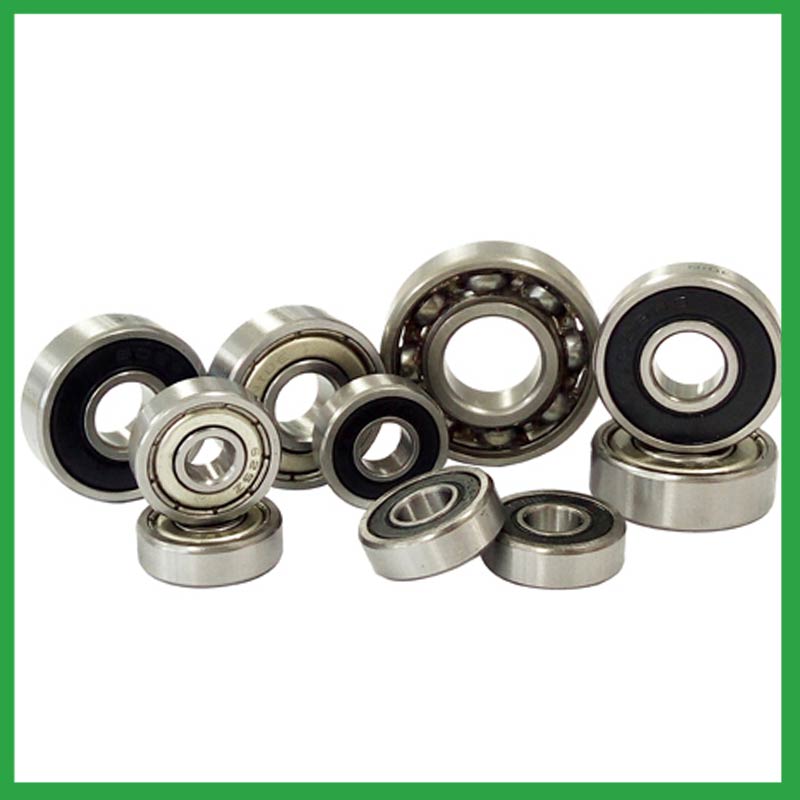
13.Can yamaha blaster clutch ball bearing handle shock loads and high-impact conditions in heavy machinery?
As a general rule, yamaha blaster clutch ball bearing are used at higher speeds and lighter loads than are roller bearings. Roller bearings perform better under shock and impact loading. Ball bearings tolerate misalignment better than roller bearings do. Roller bearings can handle heavy combined radial and thrust loads.
14.Are there hybrid yamaha blaster clutch ball bearing that combine steel rings with ceramic balls to optimize performance in demanding applications?
Hybrid Ceramic yamaha blaster clutch ball bearing. Ceramic ball bearings (also known as hybrid bearings) are the one component that'll easily optimize the performance of your application. Hybrid bearings have ceramic (silicon nitride, Si3N4) balls and 52100 bearing steel rings.
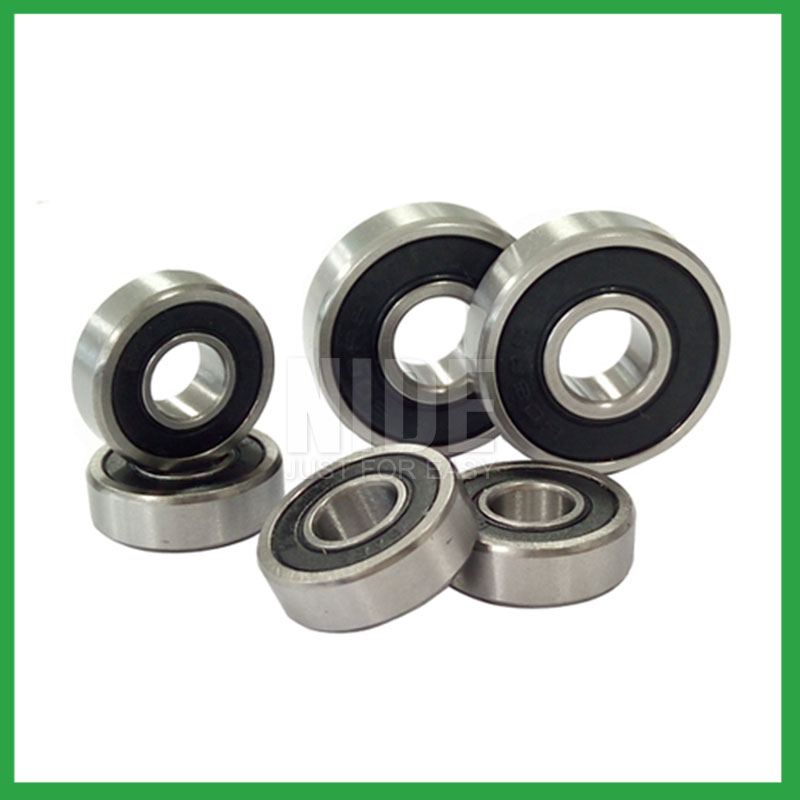
15.What is the production capacity of the factory for yamaha blaster clutch ball bearing?
The production capacity of Ningbo Haishu Nide International is:50000000pcs/month

